The Ulefone Be Pro was the phone-makers entry into the 64-bit world and also the device which made them popular in both positive and negative ways. Now one of the biggest flaws this handset suffered from was the bad screen to body ratio which made the 5.5-incher unnecessarily large. It didn’t take long for “Ulefans” to demand a smaller version of the Be Pro, and Ulefone indeed delivered – or at least tried to do so.
The result is the Ulefone Be Pure, which does look almost the same as the Ulefone Be Pro, yet comes with a significantly smaller 5-inch screen. Unfortunately the Be Pure isn’t quite the device anyone expected, since apart from the design it has nothing in common with the Be Pro. We really don’t get why, but Ulefone went for specs no one wants to see in a phone in 2015. It comes with a MT6592M 32-bit 8-core processor clocked at 1.4GHz, only 1GB of RAM, 8GB of memory and a small 2,000mAh battery. With the handset not even offering LTE support, can this be anything good at a seemingly way to high price-tag of $130? Let’s figure it out!
Ulefone Be Pure Review: Unboxing, Design, Build
The Ulefone Be Pure is delivered in the very same packaging as the Be Pro, just a lot smaller. It’s a rather simplistic white cardboard box with one Ulefone logo on its top and a small sticker with the devices specs on the rear. Inside, Ulefone packs a wall charger, USB cable, multi-language security notes and one screen protector.
The device itself does look almost the same as the Ulefone Be Pro, just a lot smaller at 144 x 72.5 x 10mm. The biggest differences are the missing status LED, backlit touch buttons and the back cover which now features a rough texture but also feels cheaper. The rest of the design remains the same, and that sadly includes a big downside as well: The buttons still don’t offer enough resistance, meaning you will press them accidentally all the time. Besides this the build quality isn’t too bad, but definitely nothing you would call “amazing”.
Ulefone Be Pure Review: Display
Now 720p at 5-inches isn’t bad at all and comparable to 1080p at 5.5-inches – at least that applies if the panel is a quality one. Sadly, Ulefone apparently tried to save money here, which we don’t quite understand since the specs aren’t all that good at a price tag of $130. You would think they could at least offer a JDI or LG panel with the savings they made on the cheap spec. In the end, it’s just a mediocre IPS OGS display with washed-out colors, bad contrast and not enough brightness to fight sunlight. Together with a cheap and laggy digitizer it is simply auful.
Ulefone Be Pure Review: Software & Performance
If you already used devices with the MT6592M, you will confirm that this chipset is a bit outdated and struggles playing current games with a proper frame-rate, but it is enough for everydays apps, internet surfing, playing videos and other ‘basic’ task. Sadly, Ulefone made two mistakes with the Be Pure.
The first is the low amount of RAM. Let’s face it: 1GB is not enough for multi-tasking, period. Next mistake: The Android ROM. We don’t know what Ulefone did, but it simply isn’t running smoothly. Animations lag and the system gets stuck very frequently for a few seconds, even if just a single application runs at a time. There has been one OTA update already, but that hasn’t improved matters.
Ulefone Be Pure Review: Audio Quality
Now after all that bad news it is time for something more positive, and that (surprisingly) is audio quality. Ulefone have built an amazing speaker into the Be Pure. Considering the fact that the Ulefone Be Pro’s speaker didn’t perform too well, this came as a big surprise. It’s loud, very balanced and offers (for a phone) heavy bass playback. It really comes close to the Oppo Find 7 or OnePlus One, which you probably know both sound amazing. Please Ulefone, stick to that speaker supplier for future devices!
Regarding the headphone jack we have no complaints in place as well. It sounds good enough to drive quality headphones, and doesn’t have the plug incompatibility issues the Be Pro suffered from. Phone calls don’t sound too bad either with both the receiver and the mic doing a good job.
Ulefone Be Pure Review: Reception Quality
Now this is the biggest flaw of the Ulefone Be Pure. Receiving mobile networks is one of the basic tasks any phone needs to be capable off. Sadly, the Ulefone Be Pure struggles a lot with this. At least with our review sample it was near to impossible connecting to 3G networks and also the GSM reception quality was below average. Yep, we did take it apart to check if all antennas are connected properly, but with no result unfortunately. It doesn’t stop there though since the very same problems continues with Wi-Fi, too. Just one wall in between the phone and the router result in one signal-bar less. Covering the antenna with one hand will let the signal drop to one bar. GPS isn’t much better. With a maximum accuracy of just 12 meters!
Ulefone Be Pure Review: Camera
The Ulefone Be Pure comes with a 13 mega pixel rear shooter and 5 mega pixel selfie-taker which apparently both do not use interpolation. Now we’ve seen a few reviewers claim the camera to be outstanding, which we can’t confirm. We don’t deny that it’s a decent snapshot camera and does a good job taking HDR shots, but it doesn’t even come close to the Xiaomi Redmi 2 or Siswoo C50 for example, which both are priced about the same yet offer up-to-date specs. Something we dislike the most about the Ulefone Be Pure camera is the fake dual-LED flash. It really looks like one at the first look, but on closer inspection you notice there is just one LED, and it isn’t even bright enough to be called a flash.
Ulefone Be Pure Review: Battery
To be honest with you, we didn’t expect too much from the 2,000mAh cell inside this handset, yet in the end it came out to be not too bad. A fully charged cell delivers between 5 to 7 hours of screen-on time, depending on usage and screen brightness which translates to about a day of battery life, sometimes a bit more. It seems like Ulefone did well with the optimization part of both hard- and software plus, the cell offers a real 2,000mAh. There’s a big flaw though: Charging takes up to 4 hours! But in the end, if the battery lasts a full day you can charge at night, and while sleeping you won’t care, right?
Ulefone Be Pure Review: Verdict
The Ulefone Be Pure is a nice try to create a smaller version of a successful device. While the basic idea behind that is good, Ulefone totally failed making that idea a reality. This device really isn’t anything we’d like to use on a daily basis mostly due to the awful performance and extremely bad reception quality, and you guys will probably feel the same.
Thanks to Coolicool and Ulefone who provided us with the review sample.

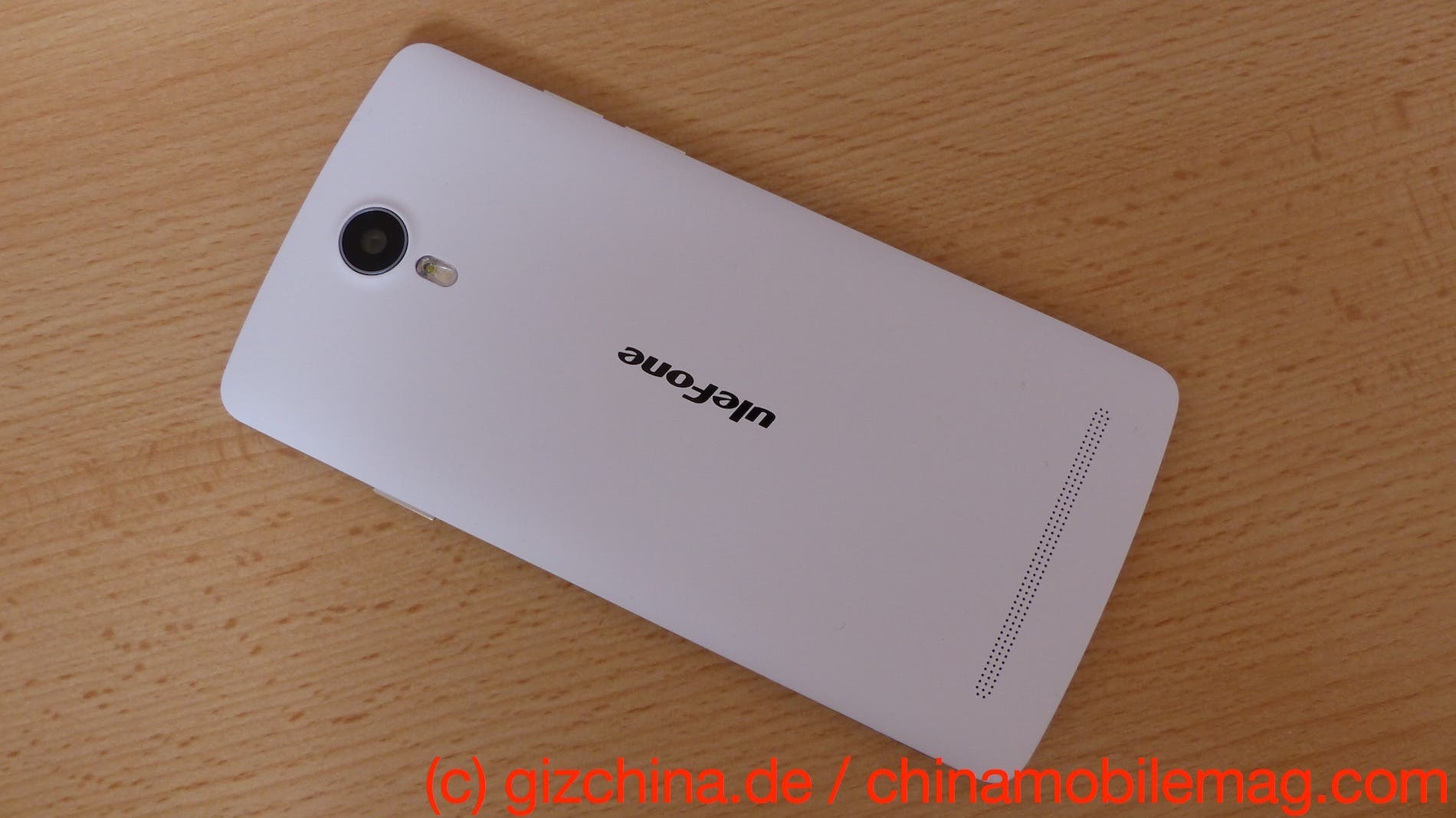
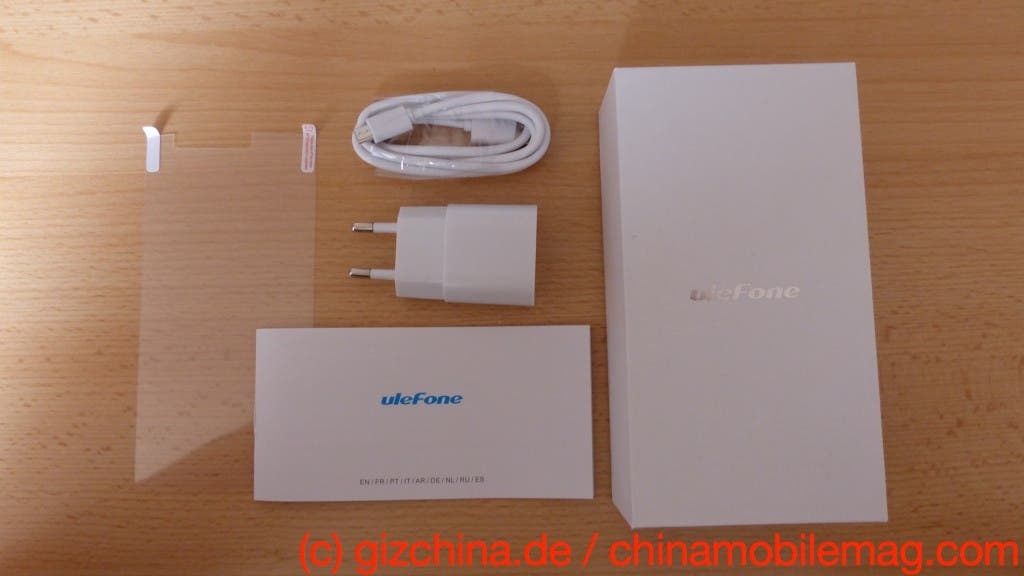





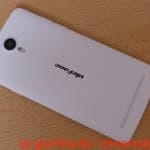
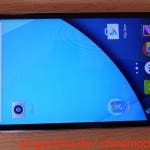
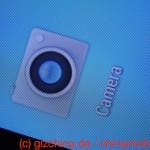


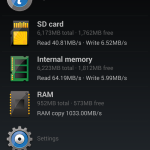
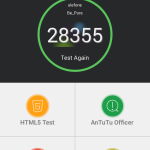

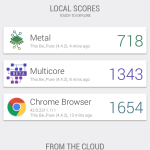












I really don’t know where Chinese manufacturers are making mistakes. Using MTK SoC, bad hardware or software developments??? In the end, not satisfied usage experience for users.
So does my m1 note stuck for a few seconds which has 2GB ram and 8 cores mt6752 SoC. In theory, no hardware reasons for stuck and lag for multitasking. Maybe I am wrong and MTK SoCs suck. But, I believe that specially fast and dirty software developments make phone stuck and laggy. First, we need more software optimizations rather than hardware. That is the first fact Chinese manufacturers need to focus on for satisfied user experience.
Nope, not the MTK SoC. Its just the software. Even the MT6592 at 1.4GHz runs very nice if the software is properly optimized (I just see that with the Cubot X11). Regarding Meizu: Flyme OS gets worse with every single update. The problem is that Chinese companies don’t care much about slow and buggy software. There are just very few companies who realized that and do stuff properly, Xiaomi are one of them.
“Even”?? Not even, but in reality 6592 is still a great CPU, it’s doesn’t bottleneck anything yet it’s 2015. It can go up to 1.7ghz not only 1.4 and with a scores like 35000 Antutu it’s little below the Snapdragon 800 which still all are calling a “beast”
It does indeed bottleneck, especially games and content heavy apps like Facebook for example. It is far away from being close to a Snapdragon 800. Maybe in Antutu, but not in reality. Anyway, it is a great great budget chip if combined with a proper amount of RAM and well done software, no way around that.
I agree that some heavy games could be slowed down by this CPU.
I’ve got a phone with a mtk6752, and its quite zippy coming from a note 2. Has no problems driving a 1080p screen and I can only assume its as fast as a Note 3 or comparable device.
mt6752 edges the 800 found in the note 3, however, the gpu in the note 3 is better then the mt6752’s gpu. there, your assumption is gone
Like Chris said it has nothing to do with the SoC. A lot of phones (not just Chinese) run crap software that doesn’t take full advantage of the hardware. I wish a lot of them would just give up trying to develop their own ROM’s and use one of the established ones that exist. A few companies like Elephone and Umi are starting to give users a choice of software. Personally I run Flyme on a MTK tablet and have no issues with it, IMO it is one of the better ROM’s available.
I really don’t know where Chinese manufacturers are making mistakes. Using MTK SoC, bad hardware or software developments??? In the end, not satisfied usage experience for users.
So does my m1 note stuck for a few seconds which has 2GB ram and 8 cores mt6752 SoC. In theory, no hardware reasons for stuck and lag for multitasking. Maybe I am wrong and MTK SoCs suck. But, I believe that specially fast and dirty software developments make phone stuck and laggy. First, we need more software optimizations rather than hardware. That is the first fact Chinese manufacturers need to focus on for satisfied user experience.
Nope, not the MTK SoC. Its just the software. Even the MT6592 at 1.4GHz runs very nice if the software is properly optimized (I just see that with the Cubot X11). Regarding Meizu: Flyme OS gets worse with every single update. The problem is that Chinese companies don’t care much about slow and buggy software. There are just very few companies who realized that and do stuff properly, Xiaomi are one of them.
I’ve got a phone with a mtk6752, and its quite zippy coming from a note 2. Has no problems driving a 1080p screen and I can only assume its as fast as a Note 3 or comparable device.
Like Chris said it has nothing to do with the SoC. A lot of phones (not just Chinese) run crap software that doesn’t take full advantage of the hardware. I wish a lot of them would just give up trying to develop their own ROM’s and use one of the established ones that exist. A few companies like Elephone and Umi are starting to give users a choice of software. Personally I run Flyme on a MTK tablet and have no issues with it, IMO it is one of the better ROM’s available.
mt6752 edges the 800 found in the note 3, however, the gpu in the note 3 is better then the mt6752’s gpu. there, your assumption is gone
“Even”?? Not even, but in reality 6592 is still a great CPU, it’s doesn’t bottleneck anything yet it’s 2015. It can go up to 1.7ghz not only 1.4 and with a scores like 35000 Antutu it’s little below the Snapdragon 800 which still all are calling a “beast”
It does indeed bottleneck, especially games and content heavy apps like Facebook for example. It is far away from being close to a Snapdragon 800. Maybe in Antutu, but not in reality. Anyway, it is a great great budget chip if combined with a proper amount of RAM and well done software, no way around that.
I agree that some heavy games could be slowed down by this CPU.
Thanks for your honest review, Chris. It’s a reminder of my contention that China doesn’t do anything mediocre – it’s either total crap or great stuff. It’s why I only buy China phones from companies like OnePlus or Xiaomi (there are others but I can’t afford them) who actually care about their customers. “Reception quality 1/10″… what were they thinking?
It would be interesting to se how the Gionee Elife E7 mini performs with similar hardware. I’m looking for a phone for my wife.
The MT6592 in any available flavor is still a great chipset if the software is well done. Currently testing the Cubot X11 and it is very snappy, similar to MT6732 devices. Sadly that’s not the norm, but I guess Gionee know what they are doing.
I’m looking forward to the review.
You definitely can! Check out those camera samples:
https://photos.google.com/share/AF1QipNGCBA0LchgPH-0VL2itvyVz8QtD3IfkHVQY6EXs4YfiAh5AHRTfNEEhbQlfZoA5w?key=X180TV9EeFFISk1KTTdUb0VJWi15M2pobWFqclFn
Thanks for your honest review, Chris. It’s a reminder of my contention that China doesn’t do anything mediocre – it’s either total crap or great stuff. It’s why I only buy China phones from companies like OnePlus or Xiaomi (there are others but I can’t afford them) who actually care about their customers. “Reception quality 1/10″… what were they thinking?
It would be interesting to se how the Gionee Elife E7 mini performs with similar hardware. I’m looking for a phone for my wife.
The MT6592 in any available flavor is still a great chipset if the software is well done. Currently testing the Cubot X11 and it is very snappy, similar to MT6732 devices. Sadly that’s not the norm, but I guess Gionee know what they are doing.
I’m looking forward to the review.
You definitely can! Check out those camera samples:
https://photos.google.com/share/AF1QipNGCBA0LchgPH-0VL2itvyVz8QtD3IfkHVQY6EXs4YfiAh5AHRTfNEEhbQlfZoA5w?key=X180TV9EeFFISk1KTTdUb0VJWi15M2pobWFqclFn
Its a nice phone.